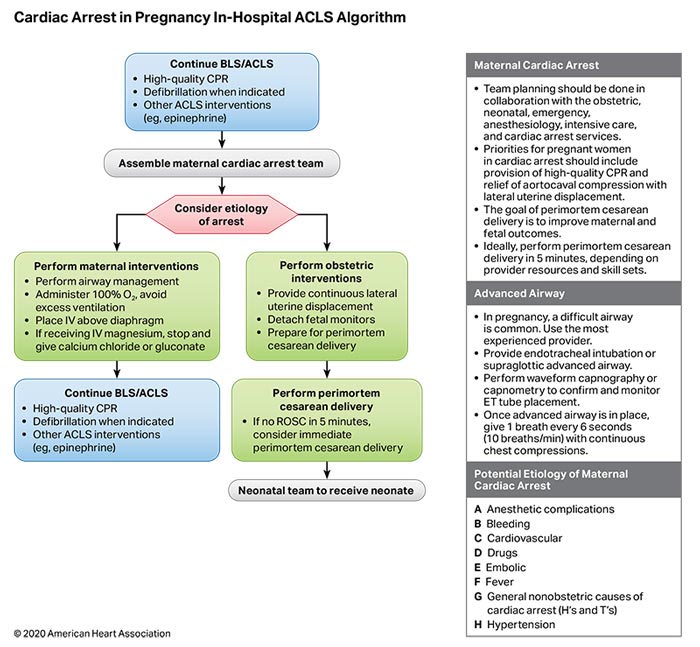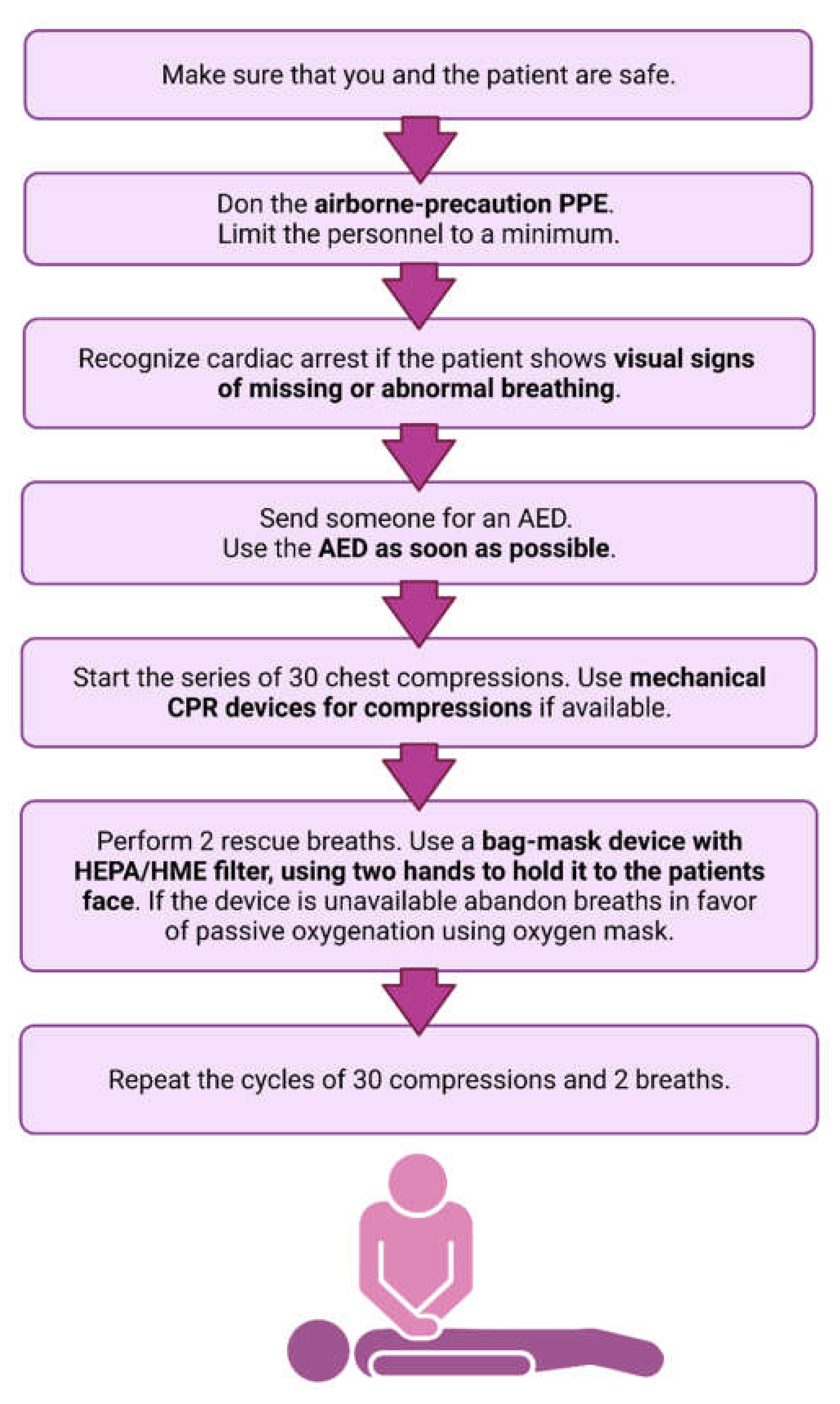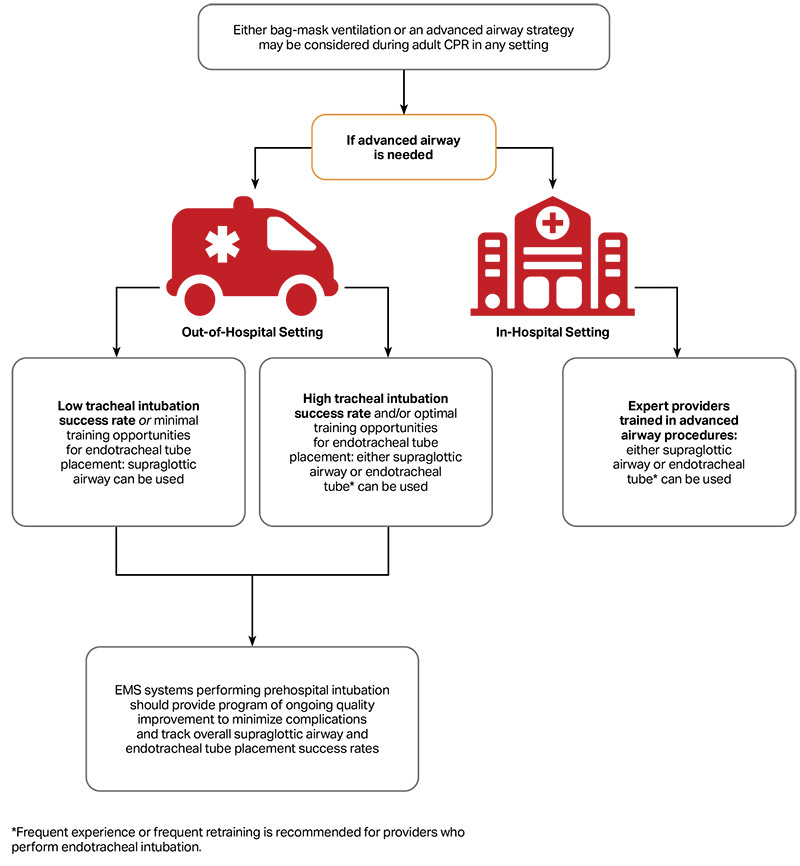To Avoid Fatigue When Should Team Roles Alternate Providing Compressions
However various studies have found that rescuer fatigue can occur within one minute coupled with a decay in the quality of chest compressions. 1 breath every 2-3 seconds or about 20-30 breaths a minute.
There are 5 critical components of high-quality CPR.
. Effective is defined as. Chest compression quality over time in pediatric resuscitations. CPR ratio of compressions to breaths.
If you are counting out loud two minutes is about 5 cycles of thirty compressions and two breaths. What is the correct order of steps of the Pediatrics Out-of-Hospital Chain of survival. The Role of Team Leader.
Additionally once an AED is obtained and emergency personnel notified one rescuer can offer chest compressions while the other provides rescue breaths. The best time to switch positions is after five cycles of CPR or roughly two minutes. To avoid fatigue when should team roles alternate providing compressions.
Advanced airway devices provide a continuous delivery of compressions and ventilations without any interruptions. You should change positions sooner if the person doing compressions becomes too tired to perform high-quality compressions. Every 5 cycles or 2 minutes.
This will prevent rescuer fatigue and ensure that rescuers are able to provide high-quality chest compressions at the proper rate and depth. You and the second rescuer should switch positionsroles about every two minutes so neither one of you gets tired. Direct the team to assign a team leader and roles while you continue CPR.
To avoid fatigue when should team roles alternate providing compressions. Every 5 cycles or 2 minutes. Which of the following are resuscitation triangle roles in a high-performance team.
After every 5 cycles of compressionsbreaths which is approximately every 2 minutes. Assign tasks to other rescuers and rotate compressors every 2 minutes or more frequently if needed to avoid fatigue b. This is when a team approach can be used.
One rescuer can provide compressions one can prepare to give breaths with a bag-valve mask and one can prepare the AED. Which team role keeps track of interruptions in compressions. CPR Duty Chief 6.
Each person has assigned role Providers focus on their assigned job expertly and efficiently Practice in each role Helps minimize interruptions in compressions 21 Pre-assigned Roles 1. To avoid fatigue when should team roles alternate providing compressions. By working together the most efficient care can be given to the patient.
Rescuers should switch positions every 2 minutes when it is time to ANALYZE the victims heart rhythm. When performing chest compressions for an infant you can use 2 _____ or 2 _____ in the center of the chest. Which team role makes treatment decisions and assigns roles.
Our aim was to compare. Chest Compressions for Adults. Variable Player Variations to this model exist for.
Every 5 cycles or 2 minutes Which team role keeps track of interruptions in compressions. Effective chest compressions are one of the most important therapies for the pulseless patient. Its important to note that there is no pause between compressions or ventilations and responders do not use the standard 302 compressions to ventilations ratio.
Pit Crew Leader 2. 30 compressions and 2 breaths. To avoid fatigue when should team roles alternate providing compressions When alcohol is consumed the heart function is increased and the ability of the heart to contract and move blood is increased.
Previous video 2-Person AED. Minimize interruptions in chest compressions provide compressions of adequate rate and depth avoid leaning between compressions and avoid. The first rescuer should take the role of team leader and delegate tasks.
Furthermore the two rescuers can switch between offering chest compressions to avoid fatigue and ensure that compressions are always high-quality pressed to about ⅓ the depth of the chest. Mean compression rate remained 100 Adequate compressions Fell from 85 to 40 over 10 minutes 70 after 90 seconds in child 70 after 120 seconds in adult Self reported fatigue low by 2 minutes Badaki-Makun O et al. How do you deliver rescue breaths for an infantchild.
A rate of at least 100 and less than 120 compressionsminute - Use. IVIO Medications 4. So vital in fact that this team member often rotates with another team member usually the AEDmonitordefibrillator to combat fatigue.
The current basic life support guidelines recommend two-minute shifts for providing chest compressions when two rescuers are performing cardiopulmonary resuscitation. Continue CPR while the AED is attached even if you are fatigued c. Wait for the most experienced rescuer to provide direction to the team d.
Should always be less than 10 seconds Allow for complete chest recoil between compressions and avoid leaning on chest between compressions Switch rescuers about every 2 minutes or sooner to avoid fatigue Avoid excessive ventilation delivering breaths over 1 second that produce visible chest rise. Perform continuous chest compressions alternating after every 100 compressions to avoid fatigue. Interruptions in Compressions.

Part 3 Adult Basic And Advanced Life Support American Heart Association Cpr First Aid

Part 3 Adult Basic And Advanced Life Support American Heart Association Cpr First Aid

Jcm Free Full Text How To Maintain Safety And Maximize The Efficacy Of Cardiopulmonary Resuscitation In Covid 19 Patients Insights From The Recent Guidelines Html

To Avoid Fatigue When Should Team Roles Alternate Providing Compressions Angkoo

First Aid Cpr Bls Part 4 Team Dynamics Flashcards Quizlet

Part 3 Adult Basic And Advanced Life Support American Heart Association Cpr First Aid

Cpr Heartcode Bls Combined Flashcards Quizlet

European Resuscitation Council Guidelines 2021 Basic Life Support Resuscitation

Overview And Team Roles Responsibilities Training Resuscitation Team Dynamics Video Proacls

Part 3 Adult Basic Life Support Circulation

To Avoid Fatigue When Should Team Roles Alternate Providing Compressions Angkoo


Comments
Post a Comment